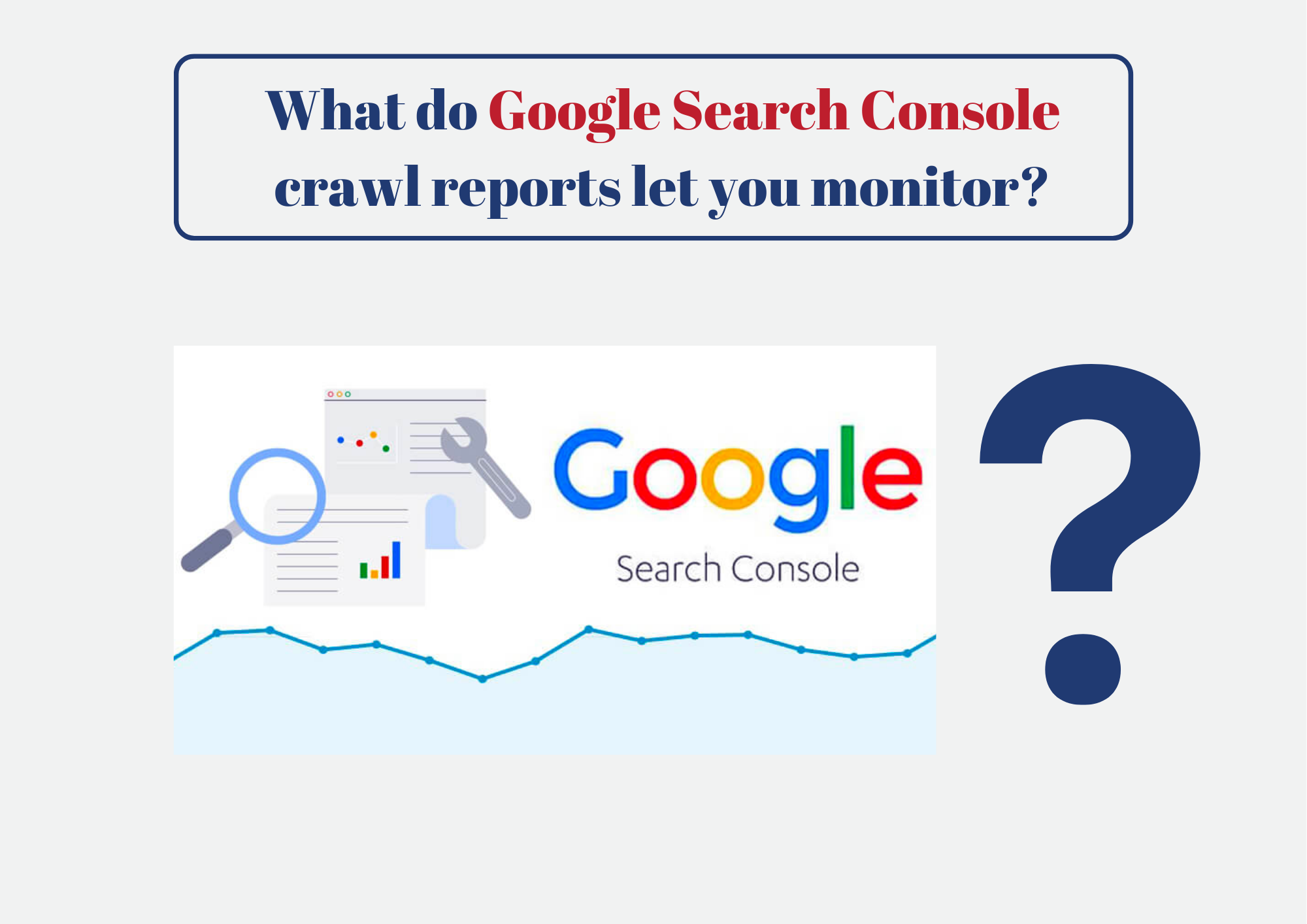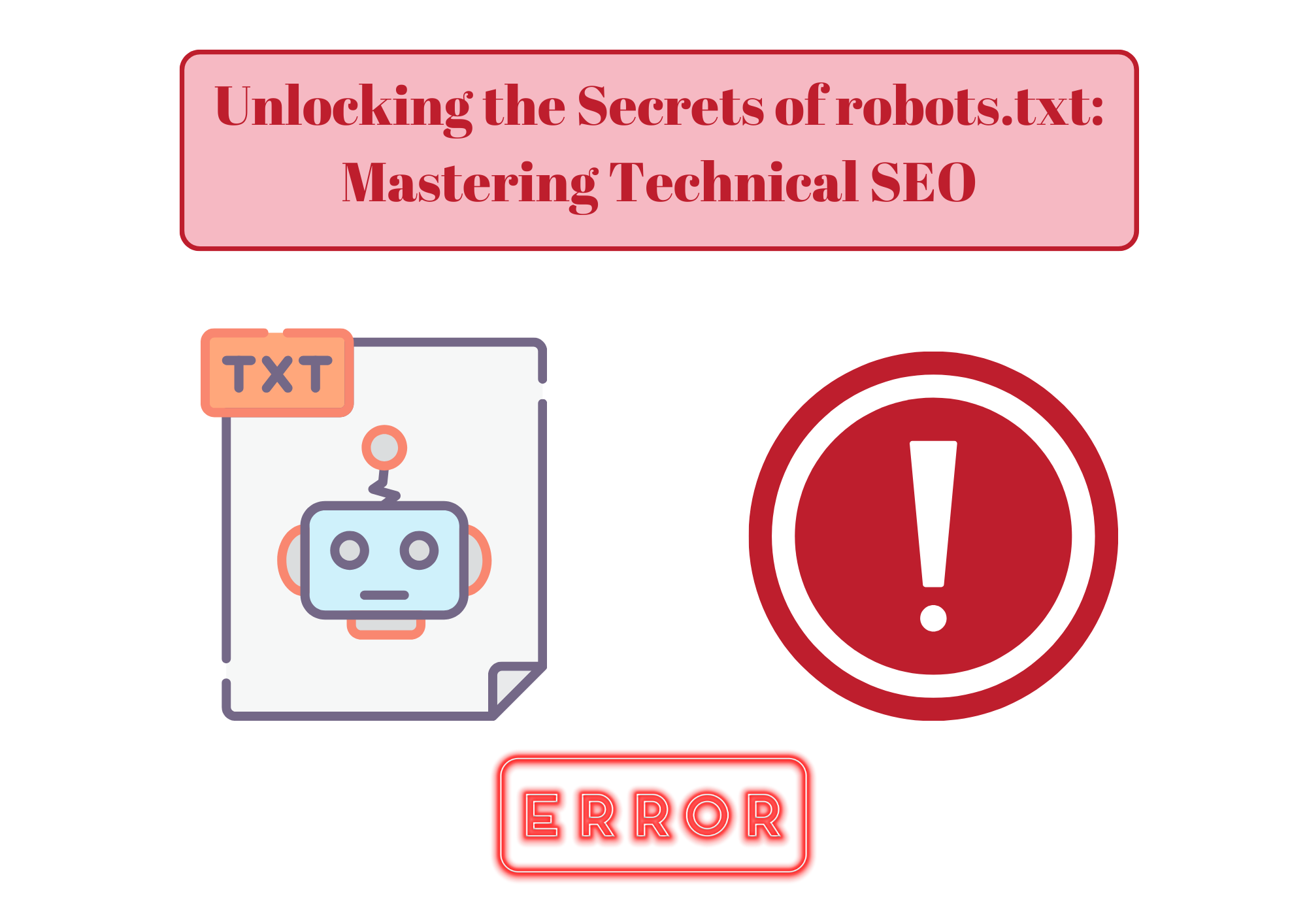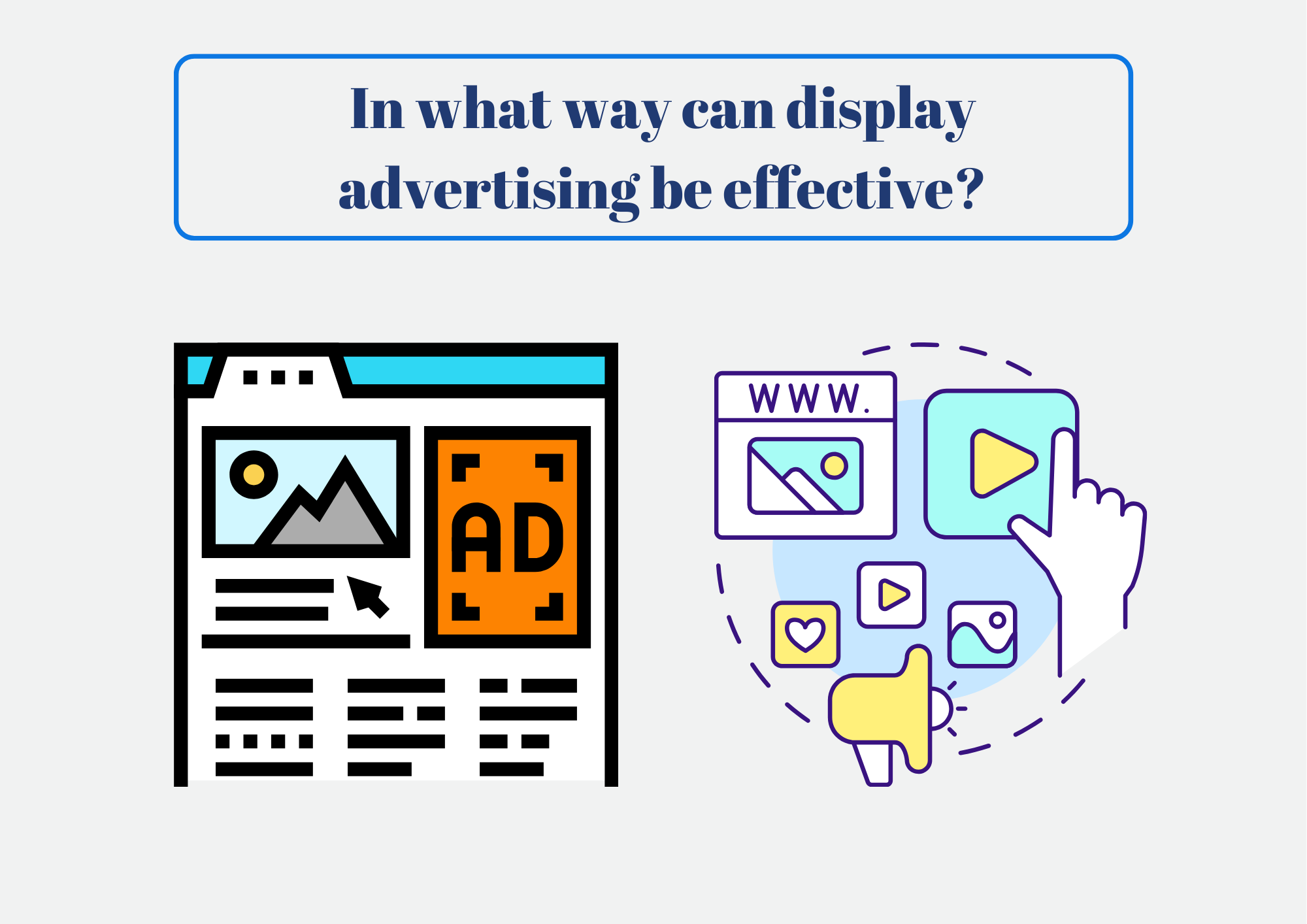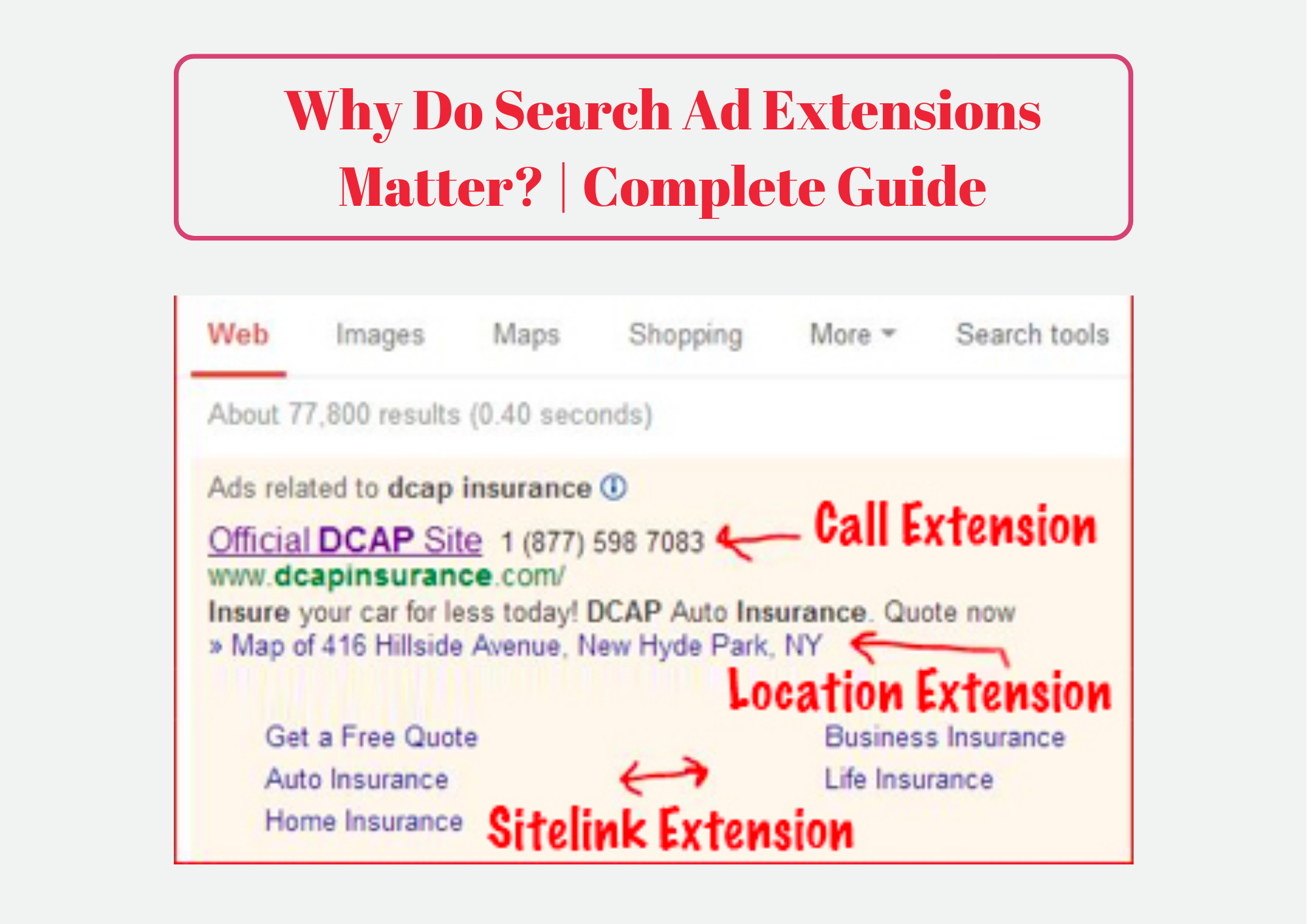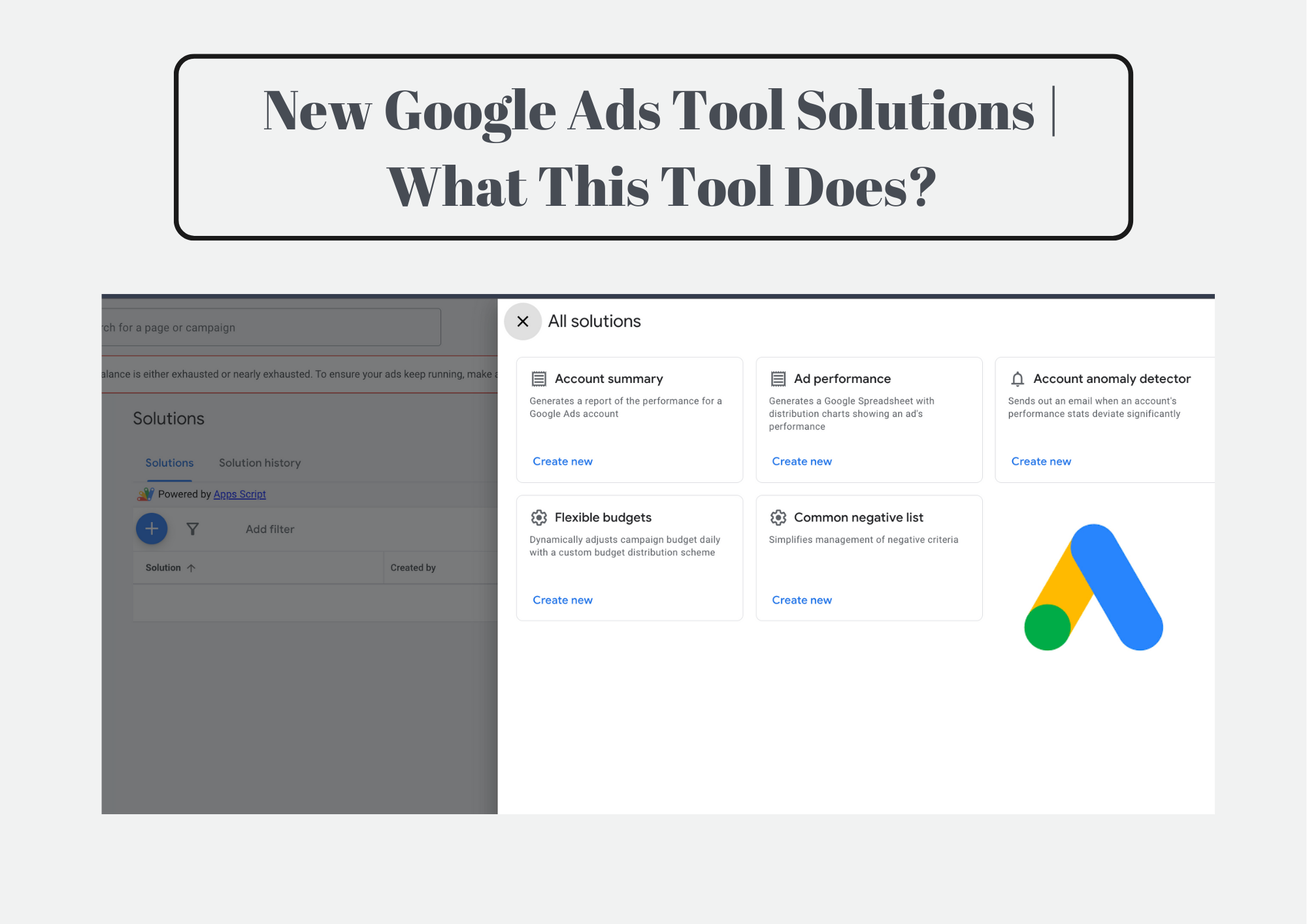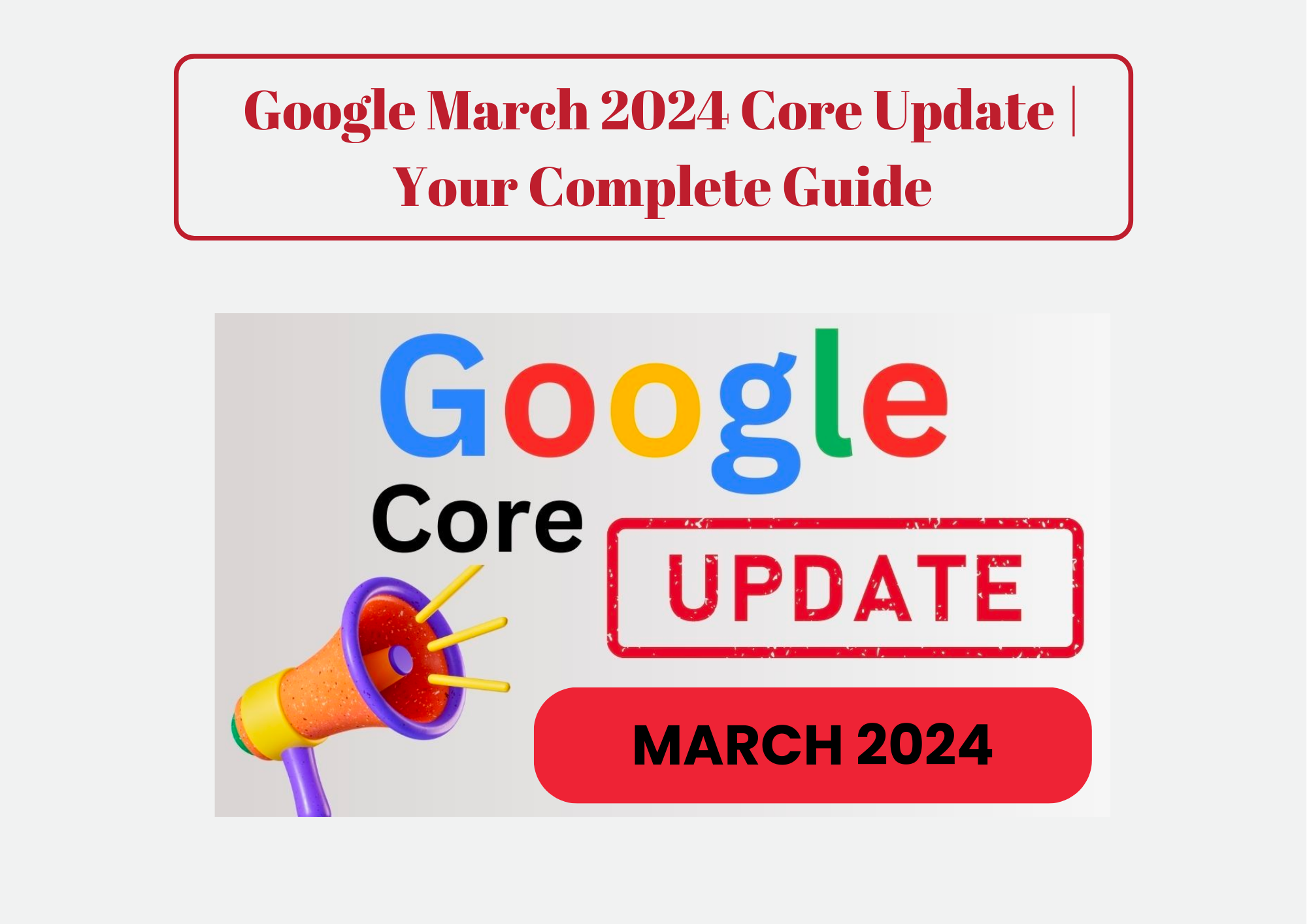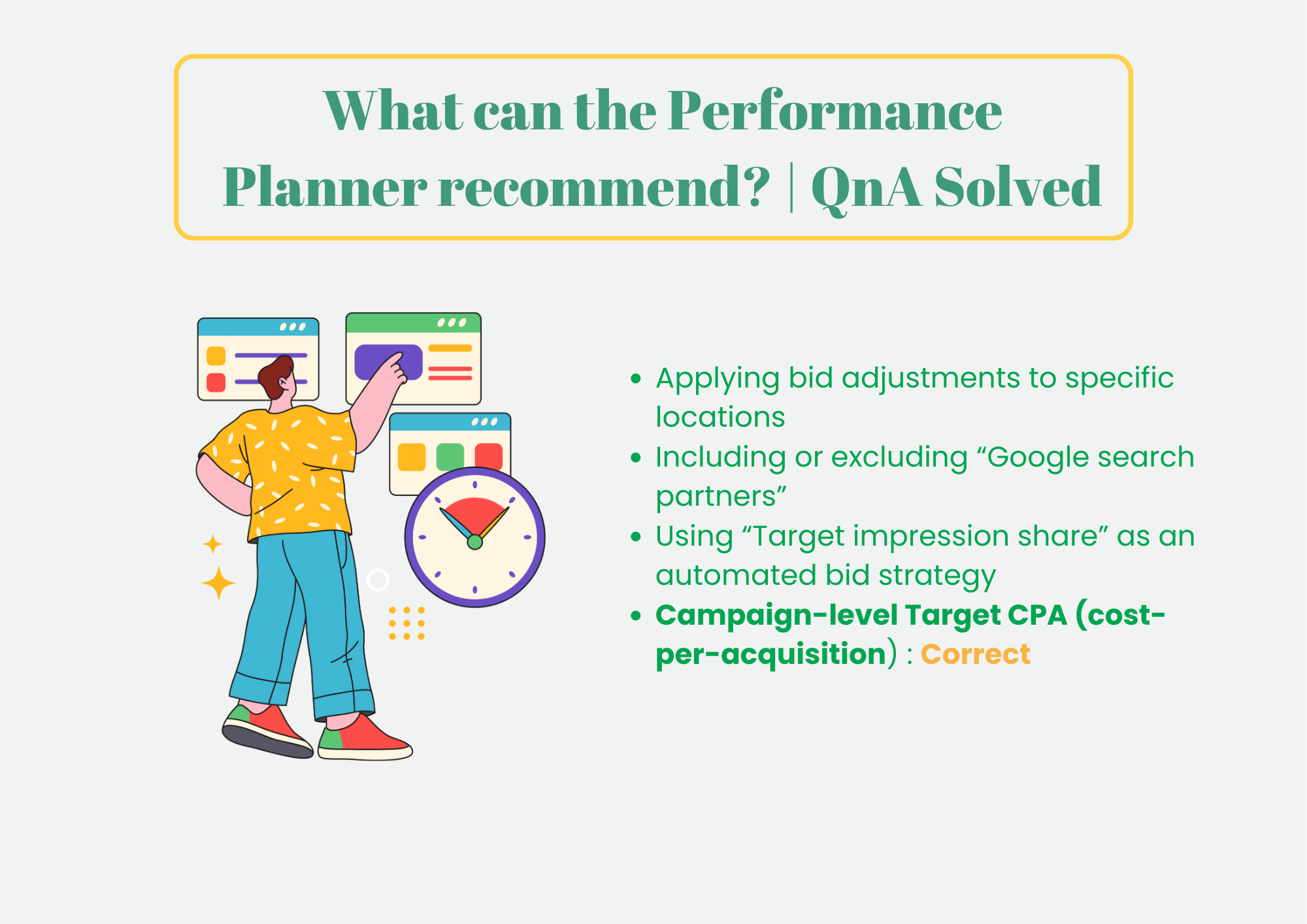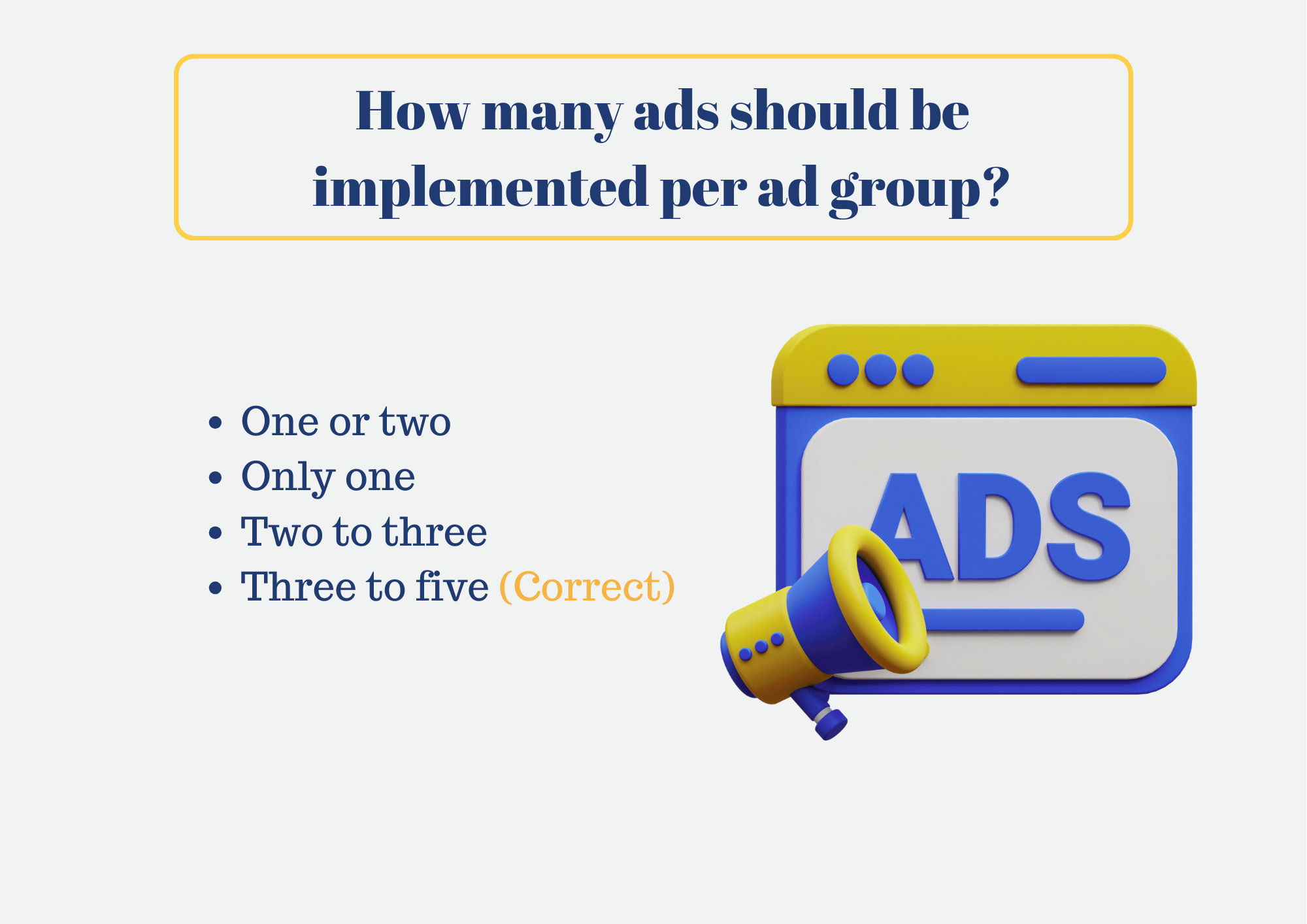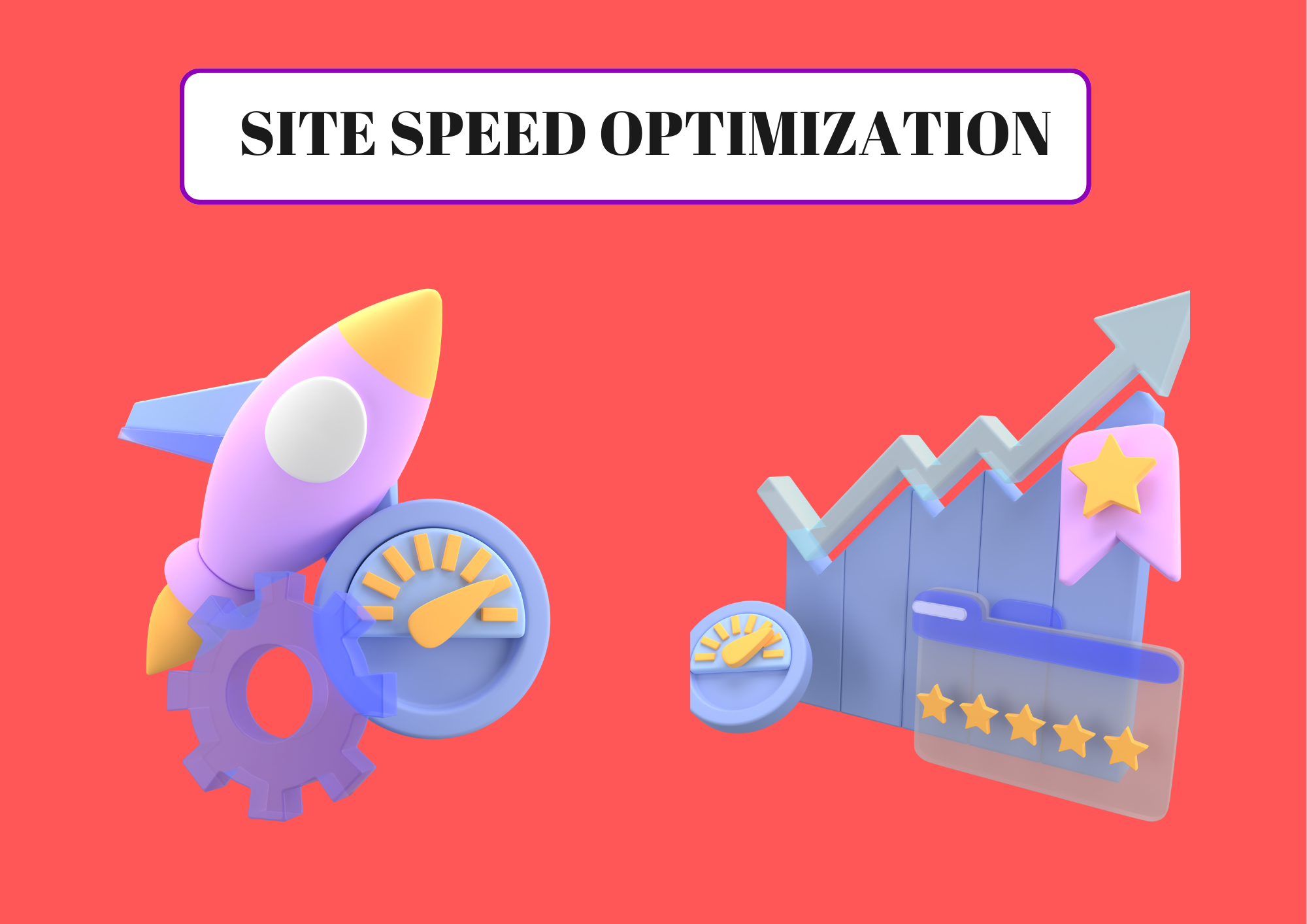
In the digital age, the speed at which a website loads is not just a convenience—it’s a critical component of its success. Site speed impacts everything from user experience to search engine rankings, making it a pivotal factor for any online presence. Slow loading times can lead to higher bounce rates, decreased engagement, and lost revenue, while fast-loading sites enjoy better user satisfaction, higher conversion rates, and improved visibility in search engine results pages (SERPs). This guide delves into the importance of site speed optimization, offering actionable advice to boost both your SEO and user experience.
Chapter 1: Understanding Site Speed
What Is Site Speed and Why Does It Matter?
Site speed refers to how quickly a website’s content fully loads in a user’s browser. In today’s fast-paced world, users expect websites to load almost instantaneously. Search engines like Google have responded to this expectation by making site speed a ranking factor. This means that faster sites are more likely to appear higher in search results, attracting more visitors.
The Relationship Between Site Speed, SEO, and User Experience
Site speed is a cornerstone of user experience. Websites that load quickly retain visitors longer, have lower bounce rates, and generally see higher levels of engagement. From an SEO perspective, search engines prioritize user experience, so a fast-loading site is rewarded with better rankings. This creates a virtuous cycle: improved rankings lead to more visitors, and a fast, responsive site converts those visitors into satisfied users.
Chapter 2: Tools for Measuring Site Speed
Identifying your website’s current loading speed is the first step in optimization. Tools like Google PageSpeed Insights, GTmetrix, and WebPageTest provide detailed analyses of your site’s performance. These tools offer insights into how your site loads and identify specific areas for improvement.
How to Interpret Speed Test Results
When you run a speed test, you’ll receive several key metrics, such as First Contentful Paint (FCP) and Time to Interactive (TTI). Understanding these metrics helps you pinpoint what slows down your site. For example, a high TTI might indicate that JavaScript files are delaying interactivity.
Chapter 3: Optimizing Images for Faster Load Times
Images are often the largest contributors to overall page size, making image optimization one of the most effective ways to improve site speed.
Tools and Techniques for Compressing Images
Using tools like TinyPNG or ImageOptim can significantly reduce image file sizes without noticeable loss in quality. Implementing responsive images through HTML’s srcset attribute ensures that images are only as large as necessary for each user’s device, further speeding up load times.
Best Practices for Responsive Images and Lazy Loading
Responsive images adapt to the size of the viewing device, reducing unnecessary data transfer. Lazy loading, on the other hand, only loads images when they’re about to enter the viewport, which can drastically reduce initial page load times.
Chapter 4: Leveraging Browser Caching
Browser caching stores certain elements of a website locally in the user’s browser. On subsequent visits, the browser can load these elements from its cache rather than downloading them again, significantly speeding up load times.
Configuring Your Website’s Caching Settings
Through the correct configuration of your web server or content management system, you can specify how long browsers should keep different types of content in cache. This often involves setting cache control headers and leveraging expiration settings.
Conclusion
Optimizing your site’s speed is an ongoing journey, not a one-time fix. It requires regular monitoring and adjustments as web technologies and content evolve. By prioritizing site speed, you’re not just enhancing your SEO; you’re delivering a better experience to your users—a crucial factor in the success of any website. Start with one aspect of optimization, measure the impact, and continue to improve other areas. Your efforts will pay off in the form of happier users and improved search engine visibility.
